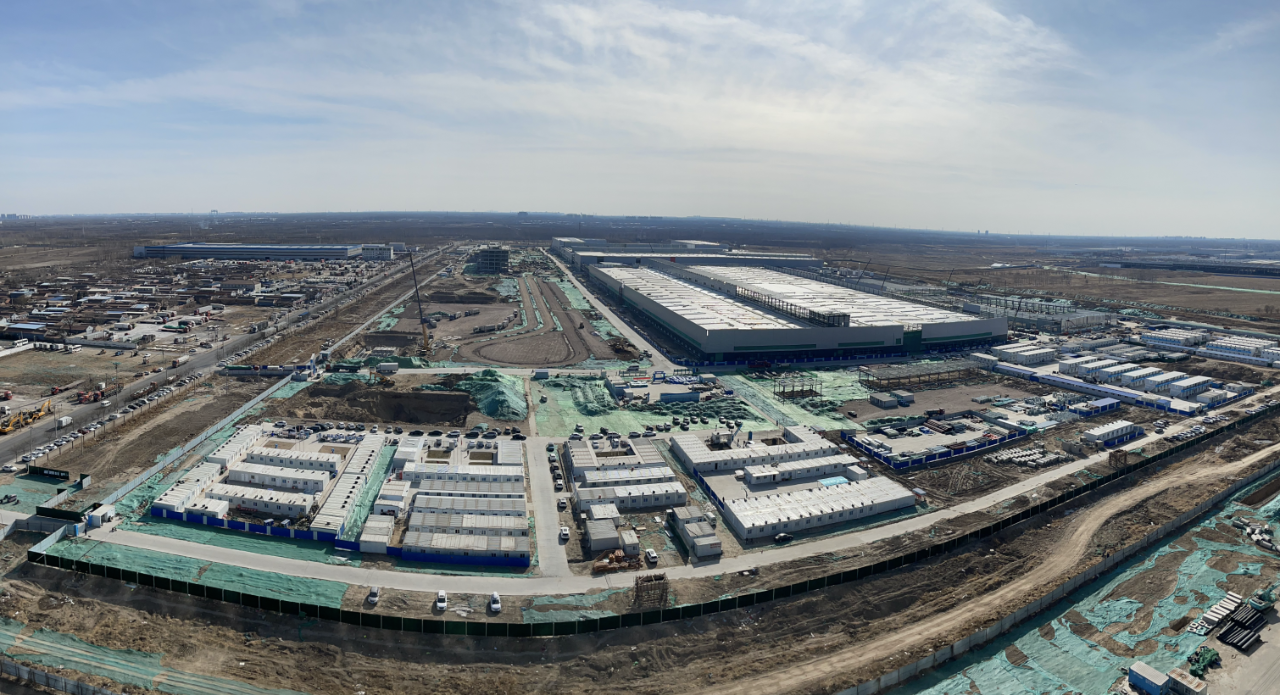Author | ZHANG Lian-yi
Editor | QIU Kai-jun
Recently, a chat screenshot has been circulating on WeChat and Weibo:
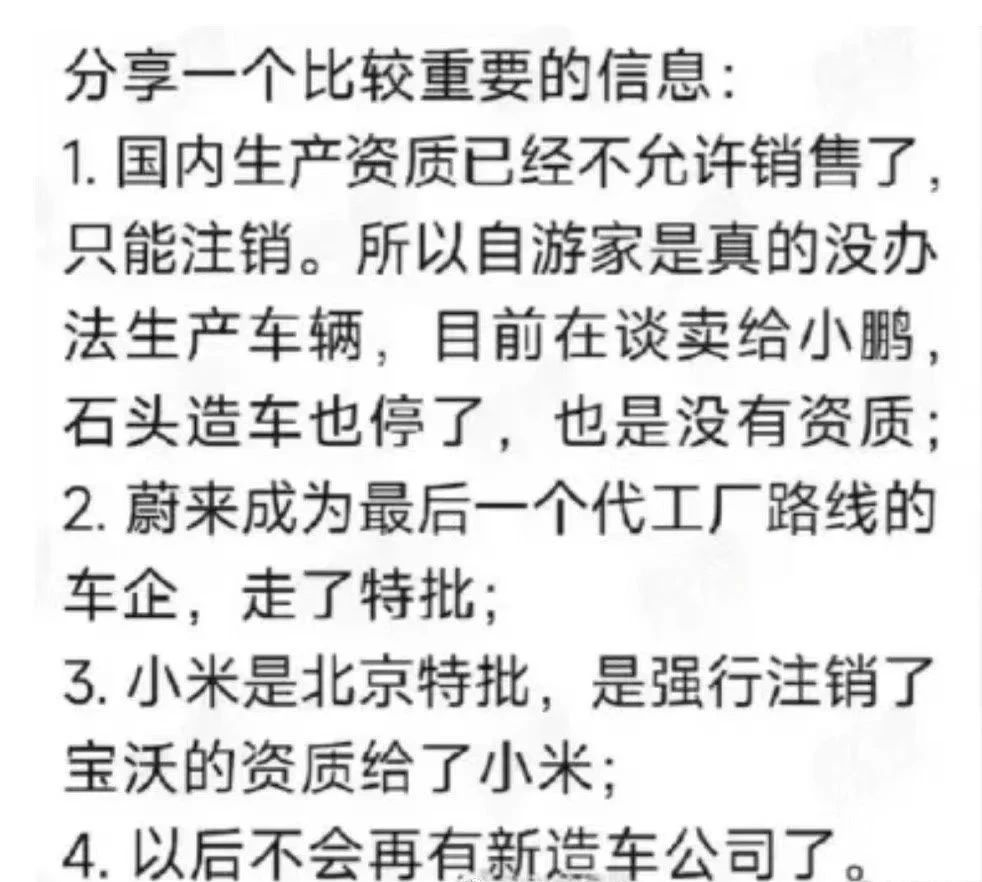
According to the screenshot, the trading of automobile production qualifications has been banned, and outsourcing to produce cars is no longer allowed. It even claims that “there will be no new car companies in the future.”
Is there any basis for these claims? Can one still obtain qualifications? Is outsourcing still allowed?
Let’s take a look at this screenshot together and explain the specifics in the following content:

Qualifications Can No Longer Be Transferred?
Since the closure of the issuance of new electric vehicle production qualifications, the trading of qualifications has become a hot business.
Suppliers include traditional car companies in decline and new car companies that have obtained qualifications but lack the ability to mass-produce or operate continuously; Buyers include new automobile forces, low-speed vehicle companies who want to make upgrades, investors who come from other areas, and independent brands that are still expanding.
For example, Li Xiang acquired Lifan, Evergrande acquired Guoneng, Geely acquired Kandi, Leading Ideal acquired Wild Horse, Yujie acquired Yanxing Machinery Factory, Fuluda acquired Beijing Automobile Factory…
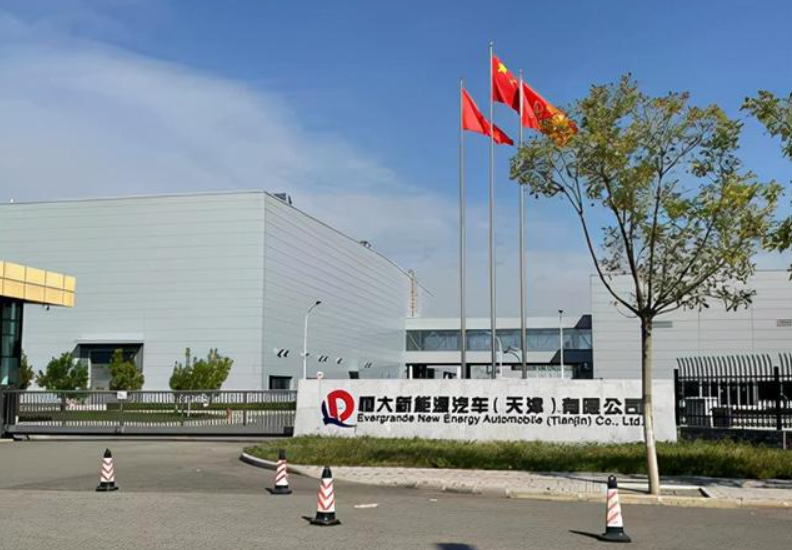
However, in the last year or two, the trading of qualifications has become less active. On one hand, the new energy vehicle market has become a red sea; on the other hand, both market capital and government capital no longer support the massive capital expenditure required for qualification acquisitions.
Policy tightening is also a key factor.
In December 2018, the National Development and Reform Commission issued the “Regulations on the Management of Investment in the Automobile Industry” and delegated the approval of automobile production projects to local governments, adopting a filing system. Although it specified very strict filing thresholds, signs of multiple places providing filing for car companies had still emerged. At the beginning of 2019, the National Development and Reform Commission criticized Jiangxi Province by name, stating that the development of new energy vehicles in the province was overheating. In 2021, an internal communication numbered 676 was issued, providing directives for window guidance for complete vehicles projects.According to Document No. 676, local development and reform commissions need to seek guidance from the national development and reform commission on the following areas: “investment projects for newly-established electric vehicle companies; expansion of production capacity by existing car companies; reorganization and acquisition of existing car companies and major equity changes, as well as other projects requiring guidance”.
The principle of guidance is to optimize the layout of the new energy vehicle industry. Document No. 676 stipulates that for new pure electric vehicle projects initiated by provinces since 2015 that have not started construction within two years or have delayed construction for two years, construction must be stopped and the record must be revoked. Violating projects must be cleared, and before completion of the rectification, no new projects are allowed.
In addition, provinces with two consecutive years of automotive production capacity utilization lower than the national average or with problems such as illegal filing, blind investment resulting in significant losses, etc., cannot, in principle, add new new energy vehicle production capacity. For such enterprises or car conglomerates, new investment projects for new energy vehicles are also not allowed.
Moreover, Document No. 676 clearly states that traditional fuel vehicle production capacity will no longer be added before 2025. Traditional fuel car companies will be encouraged to transform and develop new energy vehicles using existing production capacity, and to actively promote the exit of traditional fuel car companies with low capacity utilization and outdated technology through mergers and acquisitions.
From the “Regulations on the Administration of Investment in the Automobile Industry” and Document No. 676, it can be seen that if the province’s production capacity utilization meets standards and there are no violating projects, and new projects are progressing on schedule and have reached production, then approval can still be granted for new projects, including new filing projects, capacity expansion, and even mergers and acquisitions.
In practice, the development and reform commission tightly controls investment projects through “guidance”, which is equivalent to strict control by the national development and reform commission.
However, from the perspective of the industry, there are still several new investment projects, production expansion projects, and merger and acquisition projects.
For example, XPeng Motors has already obtained production qualifications for its Guangzhou smart manufacturing base; previously, Ideal Autos acquired Beijing Hyundai’s factory for renovation and expansion; BYD Aviation restructured Yundu Auto and became the largest shareholder.
Therefore, many officials who have communicated with the regulatory authorities have stated that there is still room for operation for qualification transfers, new projects, and production expansion projects if they meet the requirements for limited capacity expansion and advanced manufacturing, and if there is strong guarantee from local governments.
Regarding the banning of the contract manufacturing model, the aforementioned screenshot also mentions that “NIO has become the last car company to use the contract manufacturing route,” so has the contract manufacturing model really been banned?
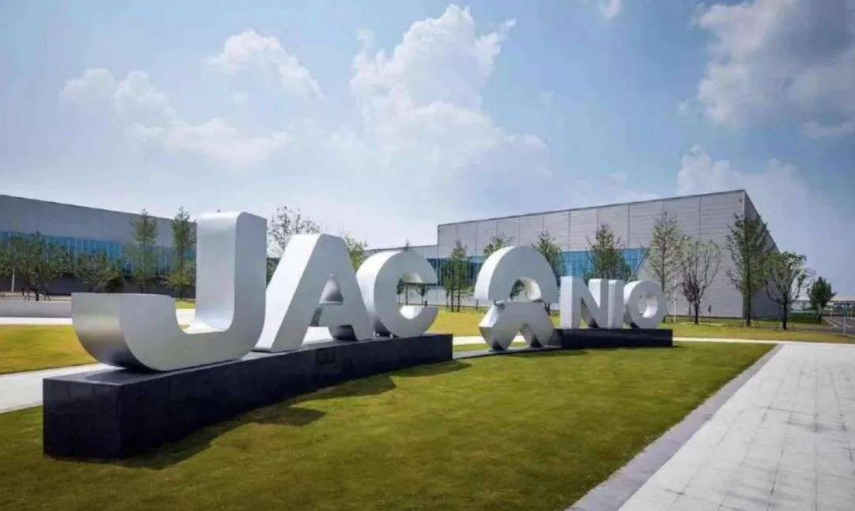
Some media outlets further pointed out that on October 28, 2022, the Ministry of Industry and Information Technology (MIIT) issued the “Regulations on the Management of Road Motor Vehicle Production Access License (draft for solicitation of opinions)” (hereinafter referred to as the “Admission Regulations”). One of the biggest changes in the admission license regulations was the deletion of the six “special provisions” in the “Management Measures” currently in effect.
Among these six special provisions, “encouraging road motor vehicle R&D design enterprises to cooperate with manufacturing enterprises, and allowing R&D design enterprises that meet the prescribed conditions to use the production capacity of manufacturing enterprises to apply for the entry of road motor vehicle production enterprises and products” means that unqualified enterprises can use qualified ones to apply for entry and proceed with production and sales.
Based on this change, some analysts believe that unqualified enterprises can no longer enter the automotive industry through OEM.
As for this, several people familiar with access management have all said that this is the correct judgment.
However, this does not mean that OEM is prohibited.
In April 2022, the MIIT issued a notice on “carrying out pilot work on entrusting the production of new energy vehicles”, and put forward clear requirements for the OEM model, namely, both the entrusted and the commissioned enterprises must be qualified enterprises, that is, the so-called “dual qualifications”. The OEM models of unqualified enterprises such as NIO and XPeng finding qualified partners like JAC Motors and FAW Haima have indeed been prohibited.
However, OEM between qualified enterprises is still feasible. In this notice, it was also mentioned that “for cooperation partners who commit to merger and acquisition, pilot work shall be supported first.” This means that when a certain automaker tries to reorganize another automaker, it can first carry out business through the OEM model, and then wait for the opportunity to reorganize. This provides a transitional solution for BYD, Great Wall, Geely and other companies currently expanding production.
In addition, if unqualified enterprises find qualified enterprises to OEM products that are sold abroad, there is no prohibition. However, several people familiar with the access management department have all said that the OEM model of unqualified enterprises finding qualified enterprises will probably not disappear. “Electric Vehicle Observer” also noticed that in recent car announcements, there are still some car companies applying for approval of models for unqualified enterprise models.
A new energy vehicle investor indicated that although the policy exists, if the amount is not significant, the competent department will not be so strict. “When your quantity is small, it’s okay. Is it important to sell a few thousand or tens of thousands of vehicles? It is not essential. Anyway, you won’t be able to continue in a few years, and you will shut down by yourself.”
“The crucial point is that there would not be another NIO emerging under this business model,” he said.
Do new forces still have a chance?
According to the screenshot which circulates online, companies like Youxia and Shi Tou are unable to produce or obtain qualifications, while Xiaomi is approved by Beijing. Does this mean that there will never be new forces again?
People who have communicated with the National Development and Reform Commission (NDRC) have different opinions. One of them said that the policy is clear and no longer allows any new forces.
On the other hand, more people think that there are still alternative methods.
Now when it comes to Xiaomi, the so-called “forced cancellation of BAIC’s qualifications for Xiaomi,” a more reasonable explanation is that after the cancellation of BAIC, Beijing has completed the cleaning and rectification of the automotive project, improved the utilisable capacity ratio that can be calculated, fulfilled the conditions for additional filing projects, and then approved the registration of Xiaomi’s new energy vehicle.
This method can be summarized as the “Xiaomi mode,” which is suitable for regions where the utilisable capacity ratio is high, and the existing projects can be thoroughly cleaned up.
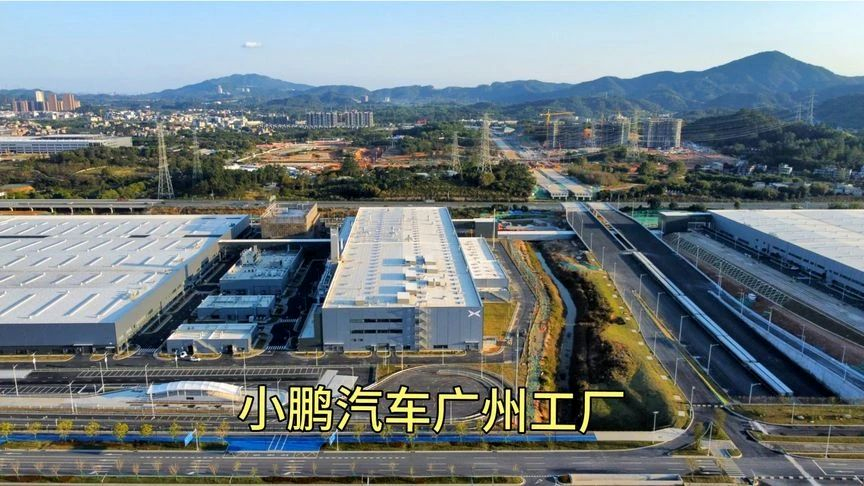
In addition, some new forces still try to produce vehicles by secretly engaging with qualified companies. Or, new forces have reached agreements with companies that have assets, but the shareholder structure has not changed. By dispatching the management team, they are actually taking over a car manufacturer. This method can be summarized as OEM and “agreement control” mode. This method is low-key, not suitable for companies like Xiaomi and Niu, and easy to draw attention from the competent department.
Moreover, Huawei’s operations can also be taken as a reference. Huawei deeply participates in vehicle design, operates the “Wanjie” brand, and provides sales services by themselves, but still cooperates with other car manufacturers for production. This method can be summarized as the “Huawei mode.”
However, although there may still be loopholes in policies, the market doors for new forces are closing.
“This round of opportunities has ended,” said the aforementioned investor in the new energy vehicle industry. “Several old car manufacturers cannot sustain the huge pressure, absolutely suffering heavy losses. Now, the result of low-level repetitive construction and malignant competition in this industry is that there will be no companies that can compete against one another. Besides, if the industry’s losses intensify, the losses will only be of local city investment or state capital. Therefore, the NDRC is worried about squandering money.”# 这是一篇 Markdown 文章
这是一个块引用。
块引用的第二段。
这是一个带有粗体和斜体文本的段落。
- 这是一个无序列表。
- 还有一个列表项。
- 这是一个有序列表。
- 另一个列表项。
这是一个链接到 示例 的链接。
这是一个图片:
This article is a translation by ChatGPT of a Chinese report from 42HOW. If you have any questions about it, please email bd@42how.com.
